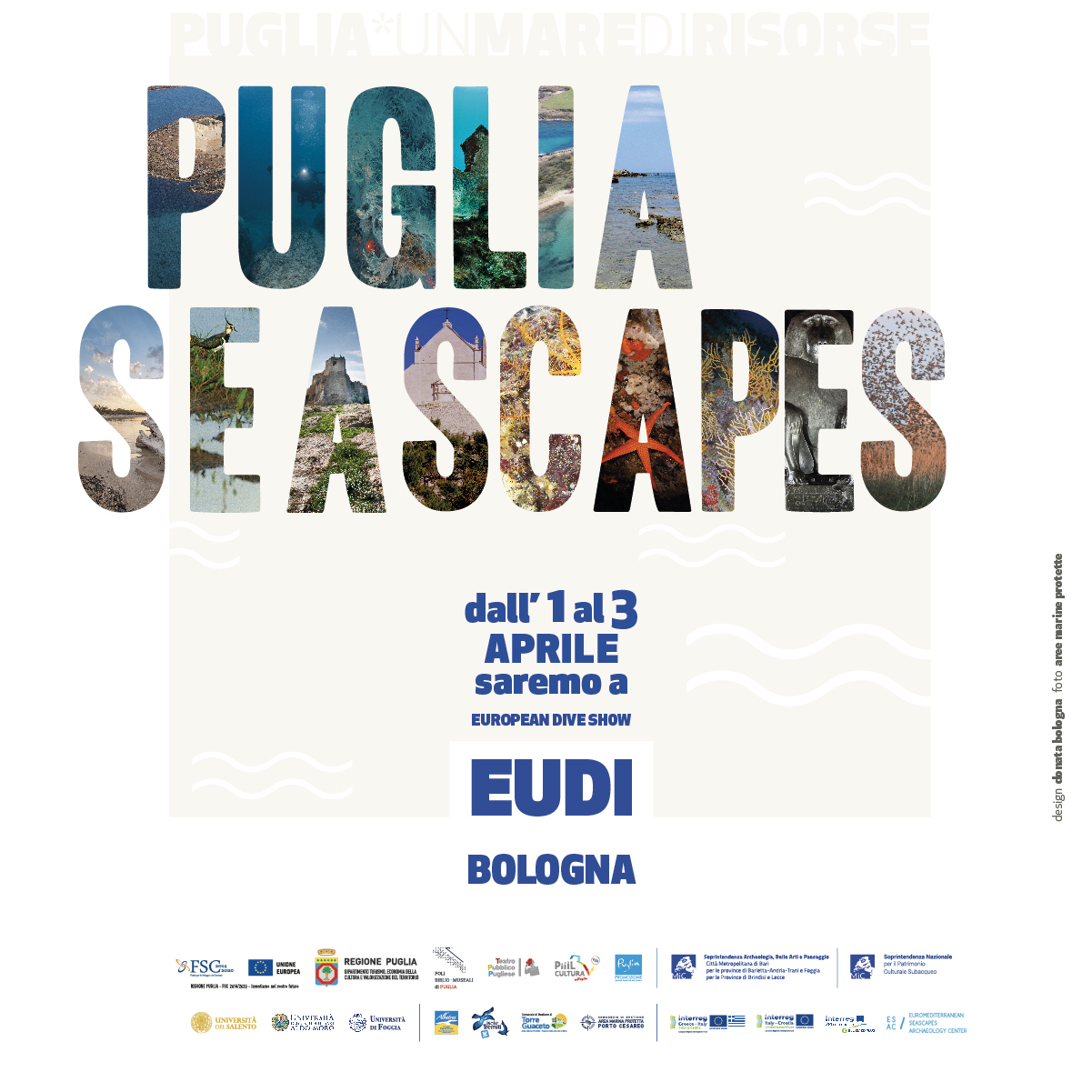Given that Siculi was founded in 2nd century BC and destroyed in the second half of the 1st century AD, the remains found under the layer of collapsed houses are particularly important. The life in the settlement during its first phase was abruptly cut short, which can be seen from the perfectly preserved household items. Numerous finds of manual grindstones have been found in almost every house that has been excavated. Grinding grain was an integral part of everyday chores. Most finds belong to the type of grindstones called Olynthian grindstones (mola trusitalis), a name derived from the city of Olynthus in Greece. This type is quite rare on the eastern coast of the Adriatic, and most of these grindstones were found in Siculi.

It is interesting to note that the petrographic analysis showed that almost all of about 20 analysed pieces have been made of magmatic rock originating from Etna on Sicily, which points to the conclusion that there were strong trade connections with that area. In the later period, rotating manual grindstone (mola manuaria) became the predominant type of grindstone because it was easier to handle. Out of the whole construction, the stone parts have been preserved: a lower part of a rectangular shape and an upper part that had a hole through which grains would be inserted. With the help of a wooden bar attached to the upper part, the construction would move back and forward, and through the slanted slits on the both part flour would come out.




